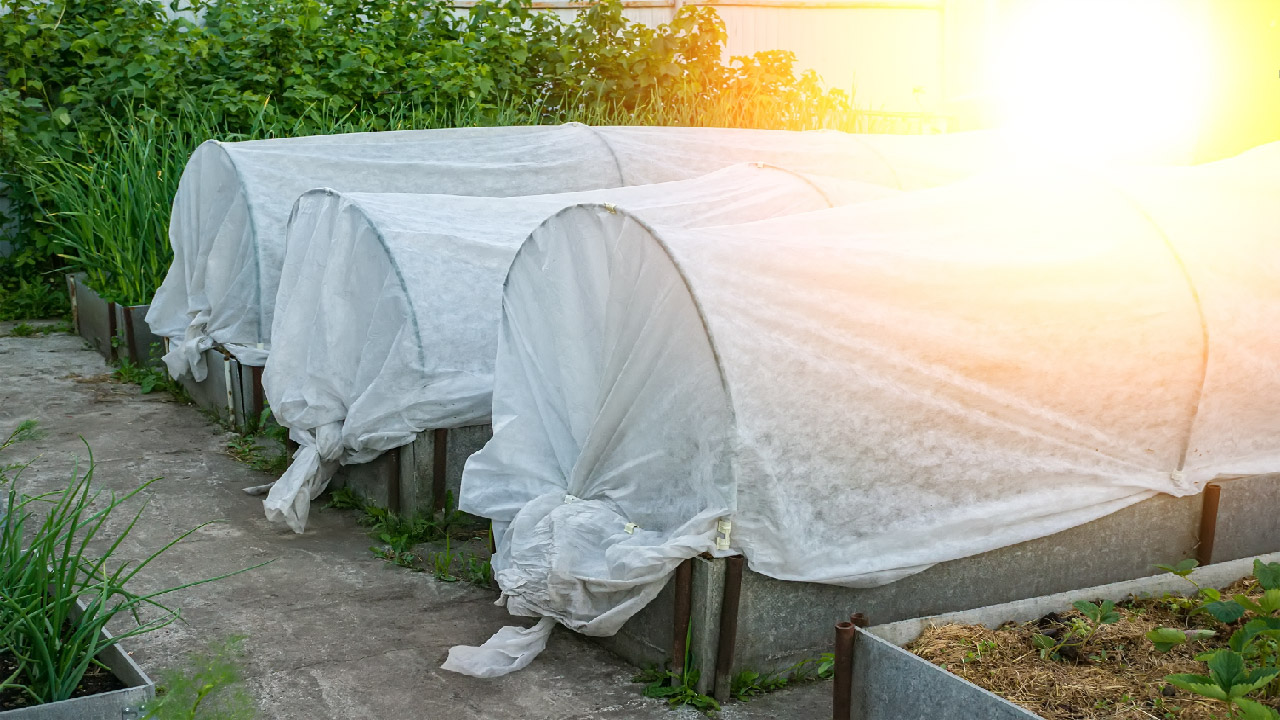Cold Climate Gardening
Jul 25th 2023
If you're living in a cold environment, you may think all is lost where gardening's concerned. However, gardening in a cold climate is perfectly possible, even if there are a few challenges to overcome.
What is cold climate gardening?
As the name suggests, cold climate gardening is maintaining a garden in cold environments with short growing seasons and annual low temperatures. Despite its limitations, cold climate gardening is possible, and we'll discuss how with the tips below.
Tips for gardening in a cold climate
- Make a note of your garden zone
The USDA Plant Hardiness Map can educate you on what may be likely and unlikely to grow well in your region. By getting to know your area's first and last frost dates, you'll understand when to raise your garden and how to use this timeframe most effectively.
- Begin indoors
Before taking things outside, start your seeds indoors or in a greenhouse. This will minimize the hassle of growing seedlings outdoors and save you money in the long run. By starting seeds in a greenhouse with our greenhouse garden kit, you may be able to enjoy a wider variety of produce that you wouldn't have had otherwise.
- Prepare the soil
Optimizing soil fertility is crucial in the colder seasons as it can support plant growth. To prepare your soil for cold climate gardening, add organic matter to it to increase its nutrient content and help drainage. Compost is a common type of organic matter, which you can use alongside our composting products for the best results.
- Mulch
Applying mulch around your plants and repairing it when necessary is critical in your winter gardening to-do list. Doing so will insulate the soil, conserve moisture, and protect plant roots from getting damaged in freezing conditions.
- Select suitable plants
Not every plant thrives in winter. So, you must be strategic about which plants you decide to plant in your cold-climate garden. There are a few frost-resistant plants, including snowdrops, primroses, violas, irises, and cyclamens. You should select plants with specific hardiness ratings that indicate they can withstand your region's conditions.
- Use the correct watering practices
You must monitor your soil's moisture levels during winter and adjust the number of times you water your plants as necessary. Typically, gardeners decrease watering as fall turns into winter to avoid excess moisture; this can damage plants during the colder months. Drip irrigation can also work in winter if you apply the proper techniques.
- Utilise season extension approaches
By using some season extension techniques, you can lengthen your growing season. To do this, you may use a selection of equipment pieces, such as row covers and cold frames, which can offer extra protection from chillier temperatures.
Hopefully, you now have more of an idea about maintaining your garden in cold climates and watching it thrive before your eyes. While cold temperatures can pose a few challenges for your plants, this doesn't mean our winterization products can't help! If you'd like to learn more about everything that screams gardening, look at our blog for more information.

